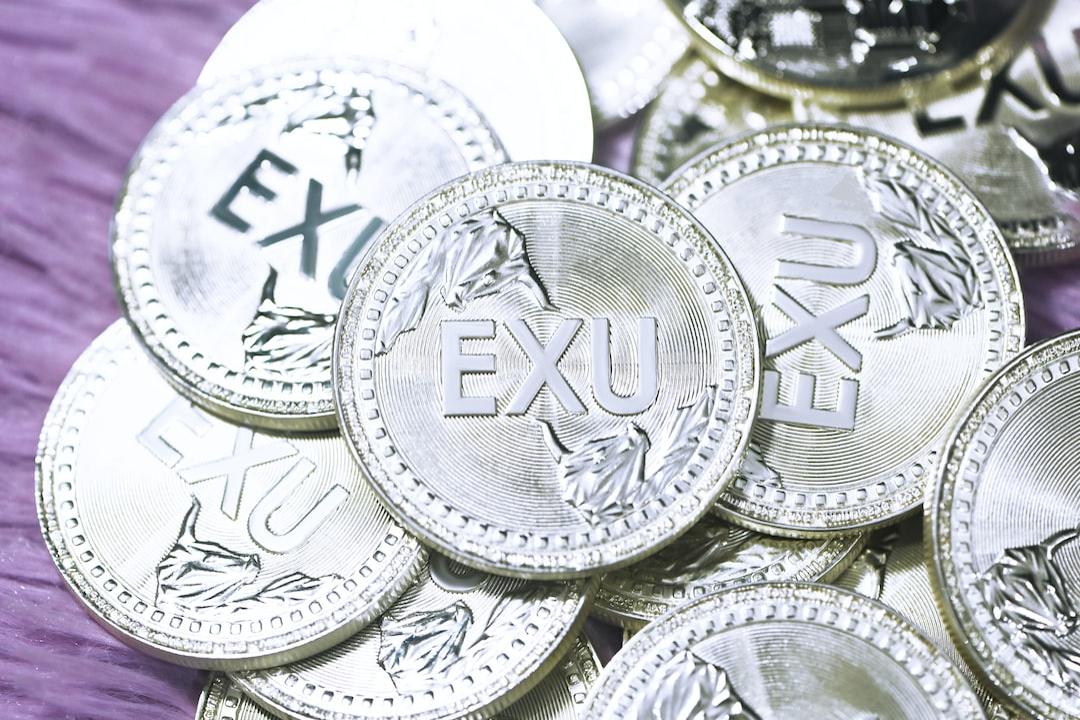According to the latest statistics from the Executive Yuan’s Directorate-General of Budget, Accounting and Statistics, as of the end of June this year, both the central and local governments’ hidden debts have reached new highs, highlighting the heavy burden on the next generation and bringing the topic of labor insurance bankruptcy back into the spotlight… Could embracing Bitcoin by the government bring about a turnaround?
(Background recap:
TSMC’s U.S. plant reportedly makes a significant breakthrough: chip yield surpasses Taiwan, and prices for 5nm chips may soar again next year.)
(Additional background:
Taiwan’s “eighth wave of housing market control” has intensified! Experts predict: housing prices are bound to explode, with annual declines of 5%.)
Table of Contents
– New highs in hidden debts of central and local governments
– Status of labor insurance fund utilization
– Would opening up investment in Bitcoin be better?
The Ministry of Labor conducts an actuarial assessment of labor insurance finances every three years, and according to the 2021 actuarial report, the hidden liabilities of labor insurance (future potential payment obligations) are estimated to have expanded to NT$10.29 trillion over the next 50 years. After the government provided a supplementary allocation of NT$72 billion, the bankruptcy year of the labor insurance fund has been postponed to 2028.
According to a report from the Economic Daily this week, the Labor Insurance Bureau has outsourced the actuarial assessment, which will be based on the measurement date of December 31, 2023, and is scheduled to be released in early 2025. As for the financial performance of labor insurance, due to significant government subsidies in recent years and benefiting from the rising global financial markets over the past two years, the performance of labor insurance returns has improved. The market expects that the bankruptcy year of labor insurance will be postponed by several more years from 2028.
In terms of hidden liabilities, as the population ages, the number of people receiving labor insurance old-age pensions continues to rise. According to the latest statistics from the Directorate-General of Budget, Accounting and Statistics, as of the end of June this year, the total hidden debts of the central and local governments (future potential payment obligations) have reached NT$18.7753 trillion, of which labor insurance hidden liabilities account for NT$11.8628 trillion, both setting new highs and highlighting the heavy burden on the next generation.
According to data released by the Bureau of Labor Funds, as of the end of August 2024, the scale of the “Labor Insurance Fund” is approximately NT$1.949 trillion, including self-management and entrusted management:
Self-management: deposits in financial institutions, government bonds, short-term bills, real estate, stocks and beneficial securities, loans to the government or public enterprises, loans to insured persons, overseas investments (fixed income, equity securities, and alternative investments),
Entrusted management: domestic entrusted management, overseas entrusted management (fixed income, equity securities, and alternative investments).
Additionally, data shows that as of the end of August this year, the performance of the Labor Insurance Fund was 15.41%, higher than Taiwan’s 10-year government bond yield and Bloomberg’s global bond index, but lower than the weighted index of Taiwan stocks and the MSCI global stock index.

It is foreseeable that the future labor population will increasingly decline, and stabilizing the development of labor insurance has become one of the government’s most pressing concerns.
In light of Bitcoin’s recent surge to historic highs, this article proposes a thought experiment: if Taiwan were to allow the labor insurance fund to invest in Bitcoin, could it extend the bankruptcy timeline of labor insurance?
The author compares the performance of Bitcoin investment over the past six years with the returns of the labor insurance fund (focusing on annual performance):
– 2019: Bitcoin 90%, Labor Insurance Fund 13.3%
– 2020: Bitcoin 254%, Labor Insurance Fund 8.83%
– 2021: Bitcoin 45.1%, Labor Insurance Fund 9.71%
– 2022: Bitcoin -64%, Labor Insurance Fund -7.45%
– 2023: Bitcoin 150%, Labor Insurance Fund 14.44%
– As of August 2024: Bitcoin 40%, Labor Insurance Fund 15.41%
It can be seen that Bitcoin’s returns exceeded those of the labor insurance fund in five out of the six years. However, the decline in 2022 was nine times greater than that of the labor insurance fund, indicating higher volatility.
On the other hand, there are cases of government funds purchasing Bitcoin, such as El Salvador, which purchases Bitcoin daily and has acquired 5,918 coins worth approximately $426 million. After enduring a bear market, it is now significantly profitable.
Additionally, the Wisconsin Investment Board (SWIB), regarded as one of the most financially stable retirement funds in the U.S., disclosed investments in Bitcoin spot ETFs in its holdings report submitted this year.
Although there are successful examples of other governments or funds investing in Bitcoin globally, due to its volatility and market perceptions, the likelihood of the Taiwanese government allowing the labor insurance fund to invest in Bitcoin seems low. But… who knows what will happen in the future?

?Related Reports?
Bitcoin surpasses $70,000, Ethereum climbs to $2,600, but BTC’s open interest hits new highs, signaling a potential reversal?
Arthur Hayes’ lengthy article: China’s “epic liquidity injection” will eventually lead hot money to Bitcoin.
Gold approaches new highs of $2,800, with the U.S. presidential election and war risks… rising more than the S&P 500, could Bitcoin be next?


